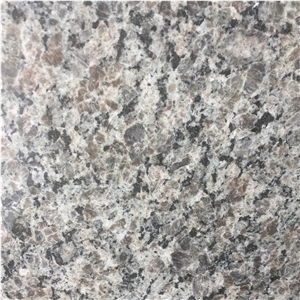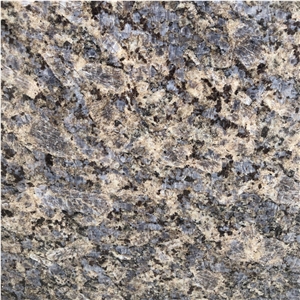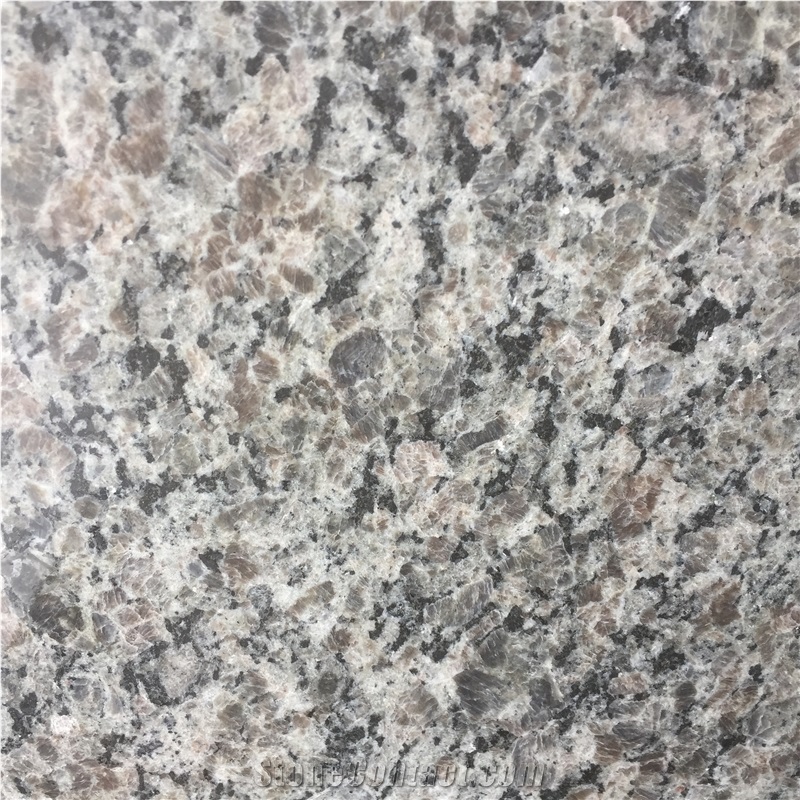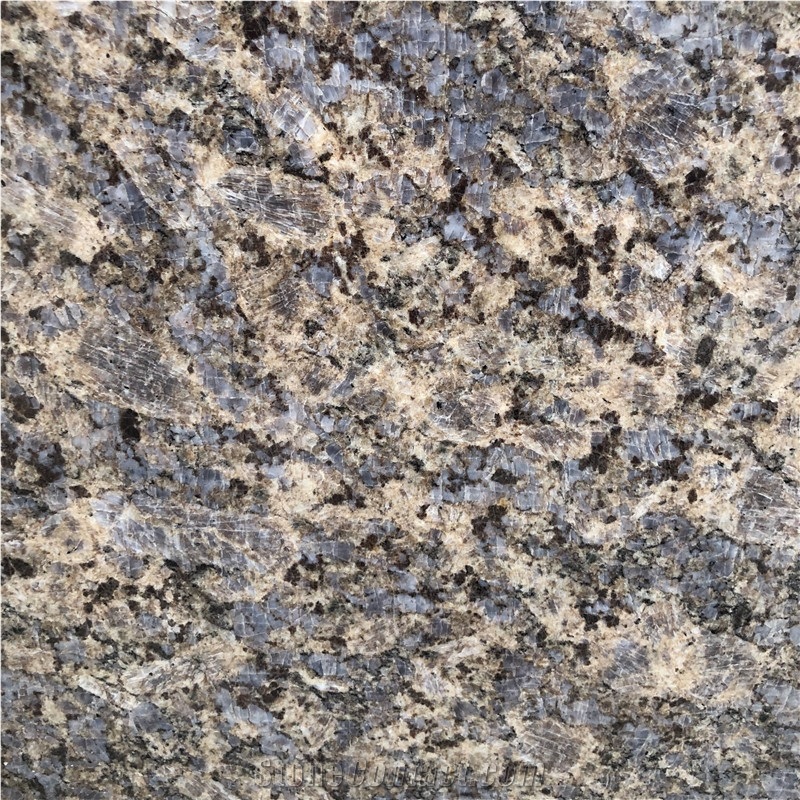Calcedonia Granite
 Brazil
(Venda Nova, Minas Gerais)
Brazil
(Venda Nova, Minas Gerais)
Calcedonia Granite is a shades of bluish grays and white ranging from charcoal to light brown granite quarried in Brazil. This granite is especially good for construction stone, ornamental stone, countertops, mosaic, landscaping stone, monuments, stairs, paving tiles and other design projects. It also called Calcedonia Granite,New Calcedonia Granite,New Caledonia Granite,Brazil Caledonia Granite,Ocre Granite Granite,New Caledonia Brown Granite,Crystal Brown Granite,Cafe Royal Granite,Cafe Brown Granite,Gadoli Granite,Ocre Itabira Granite,in China stone market:啡水晶(Fēi shuǐjīng),加多利(Jiā duōlì),Calcedonia Granite. Calcedonia Granite can be processed into Polished,Flamed,Bush Hammered,Tumbled,Brushed,Honed,Split,Machine Cut,Natural Surface,Sandblasted,Acid Washing,Combed,Leathered,Water Jet,Filled,Chiseled,Pickling and so on.

Does sealed Calcedonia Granite still absorb water?

What is the difference between a Calcedonia Granite gravestone and a grave marker?

Can I put hot pans on Calcedonia Granite countertops?

How much does a Calcedonia Granite grave marker weigh?

Can Brazil's Calcedonia Granite be used in landscaping?

What happens to Calcedonia Granite if not sealed?

Can Brazil's Calcedonia Granite be used exterior applications in very rainy climates?

How long do human ashes last in a Calcedonia Granite urn?

How long ashes are kept in Calcedonia Granite columbarium?

What is most popular edge for Calcedonia Granite countertop?

Should backsplash be lighter or darker than Calcedonia Granite countertop?

Are there color variations of Brazil's Calcedonia Granite?

Can Brazil's Calcedonia Granite be used outdoors?

How to know if my Calcedonia Granite countertops were not properly sealed?

What is the average density of Brazil's Calcedonia Granite?

What is the difference between a Calcedonia Granite mausoleum and a columbarium?

Does Calcedonia Granite floors need sealing?

Is Brazil's Calcedonia Granite an expensive stone?

What grade is Brazil's Calcedonia Granite?

How often do Calcedonia Granite countertops need to be sealed?

Can a cracked Calcedonia Granite countertop be repaired?

What is the coefficient of friction of Acid Washed Finish Brazil's Calcedonia Granite tiles?

What are the different types of Calcedonia Granite columbarium?

Does salt damage Calcedonia Granite kitchen countertop?

Should Calcedonia Granite countertops have a backsplash?

What are the pros and cons of a Calcedonia Granite columbarium?

Can Calcedonia Granite be permanently sealed?

Can Brazil's Calcedonia Granite be used in a office?

What is the best glue for cracked Calcedonia Granite?

How can I fill cracks in Calcedonia Granite kitchen countertops?

How thick is Brazil's Calcedonia Granite slabs?
The request includes: 1. surface finished, size 2. quantity required










